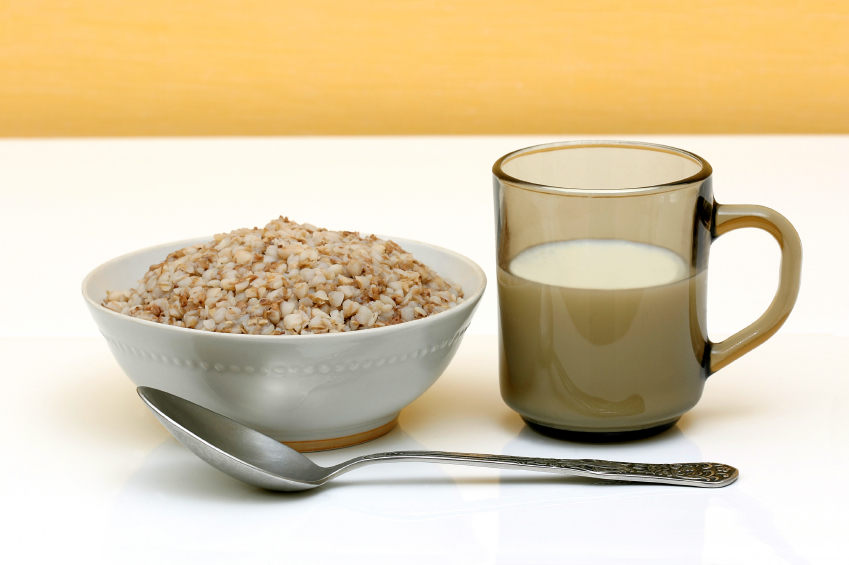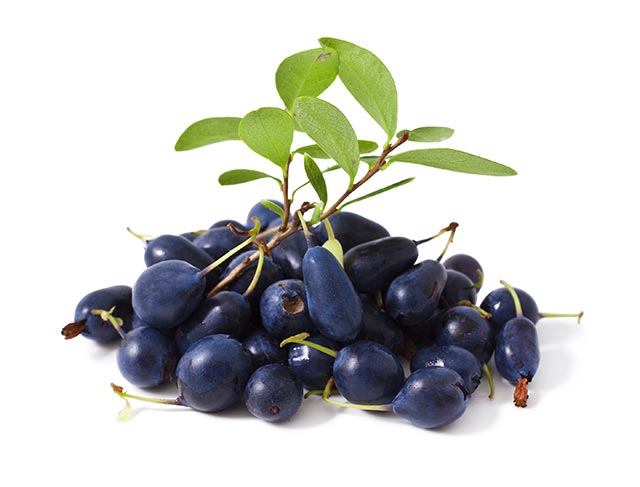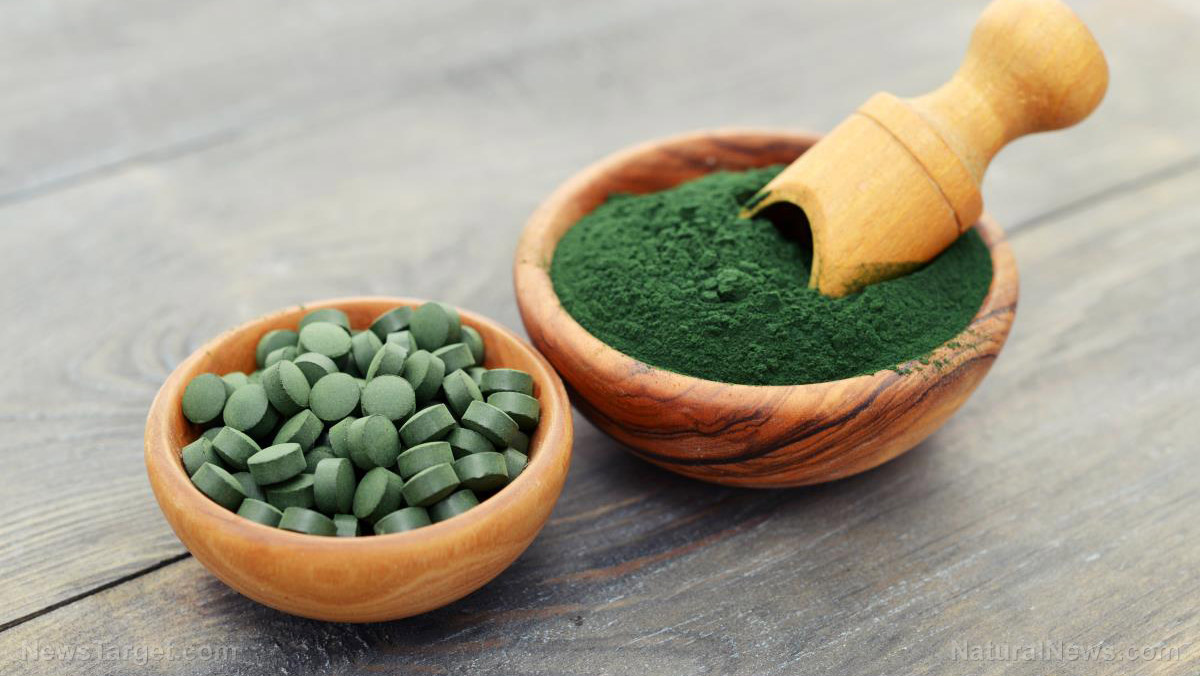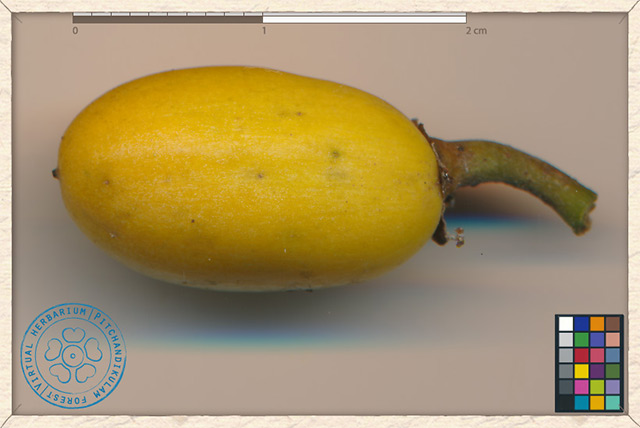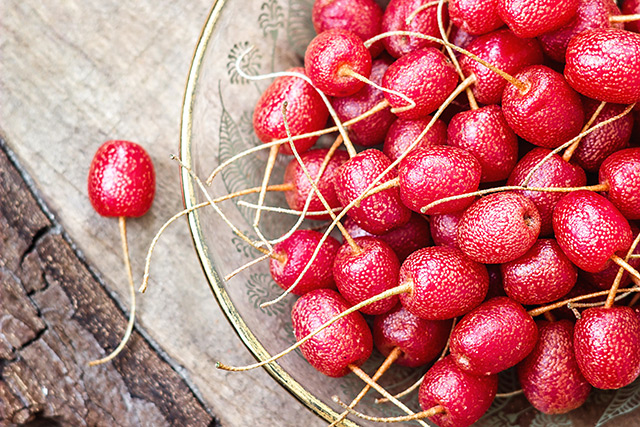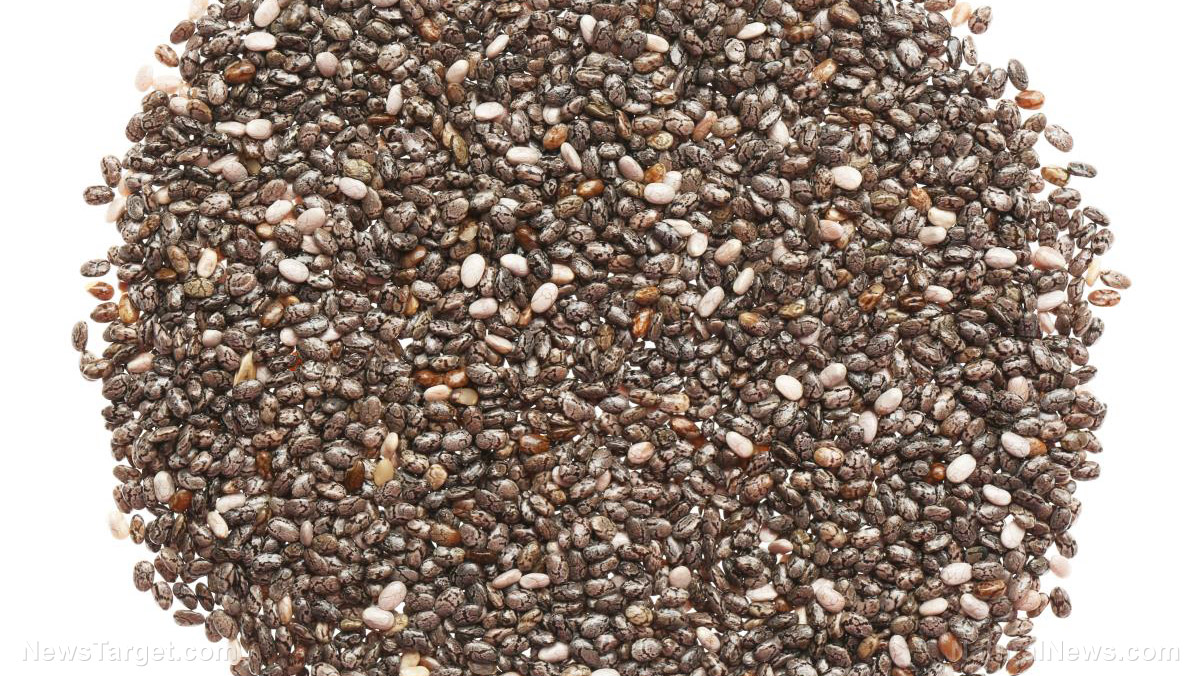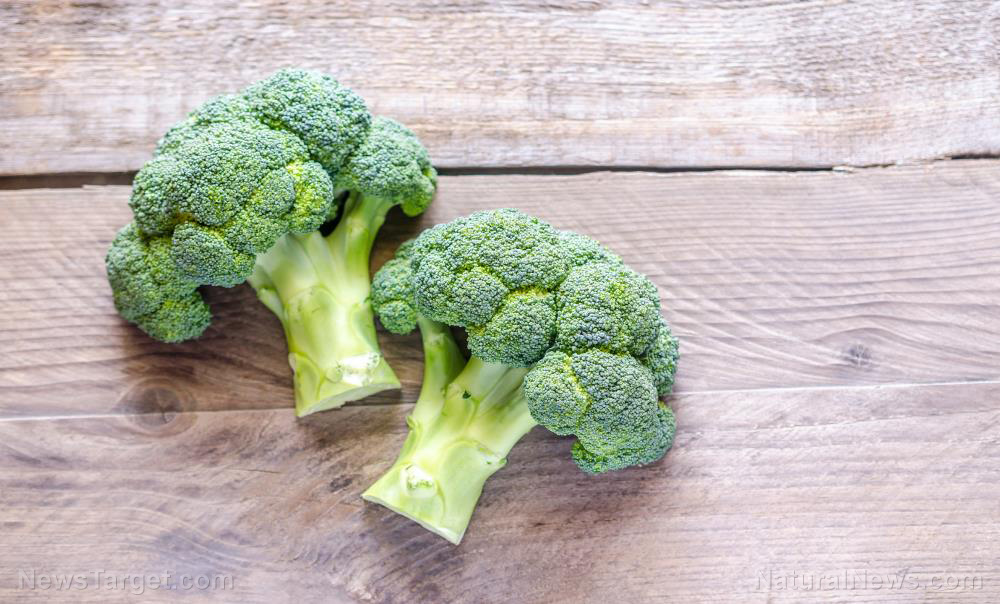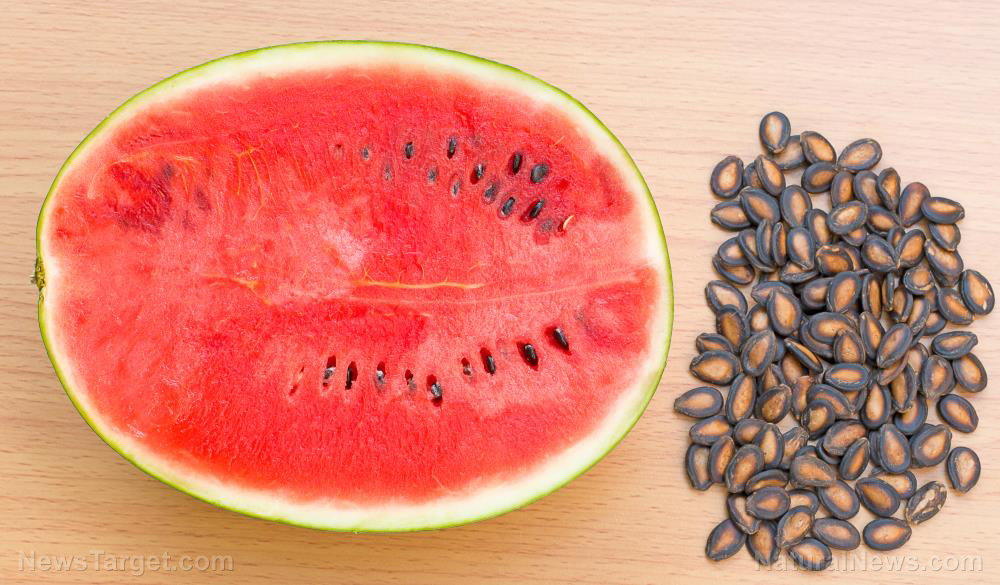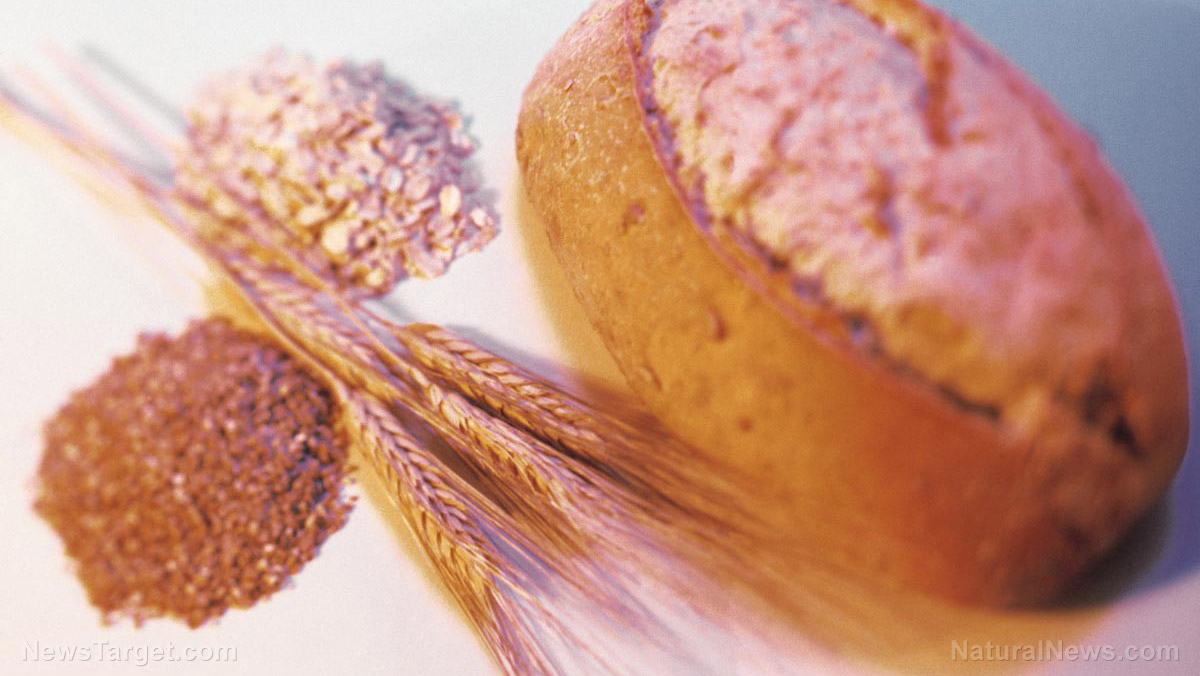Chinese cinnamon prevents high-fat diet-induced obesity
05/14/2019 / By Ralph Flores

Researchers from South Korea’s Dongguk University have found that Chinese cinnamon (Cinnamomum cassia) can be used to regulate weight gain. The finding, which appeared in The American Journal of Chinese Medicine, used a murine model of obesity to validate its use in traditional medicine as a weight control agent.
- For this study, researchers investigated the anti-obesity effect of Chinese cinnamon extracts using a high-fat diet-induced mouse model and C2C12 mouse skeletal cells.
- The in vivo test involved feeding male C57BL/6 mice with either normal chow or a high-fat diet for 16 consecutive weeks. Those in the experiment group received one of the following treatments, namely:
- 100 or 300 mg/kg of Chinese cinnamon extract, administered orally; or
- 250 mg/kg of metformin, which served as a positive control. All treatments were administered once daily for 16 consecutive weeks.
- The results revealed that mice treated with Chinese cinnamon extract exhibited a significant decrease in body weight, food intake, as well as lower serum levels of glucose, insulin, total cholesterol, and ALT levels.
- The extract also reduced insulin resistance and glucose tolerance, inhibited expression for MyHC and PGC1? and the phosphorylation of AMPK.
- Analysis of liver tissue revealed that Chinese cinnamon suppressed the accumulation of lipids and decreased the size of adipocytes.
- Based on the in vitro test, Chinese cinnamon extracts increased ATP levels through upregulating mRNA expressions of mitochondrial biogenesis-related factors, such as PGC1-alpha, NRF-1, and Tfam, and the phosphorylations of AMPK and ACC.
In sum, Chinese cinnamon can manage weight gain by regulating lipid accumulation and improving energy expenditure.
Food.news has you covered on stories about the other benefits of Chinese cinnamon.
Journal Reference:
Song MY, Kang SY, Kang A, Hwang JH, Park YK, Jung HW. Cinnamomum cassia Prevents High-Fat Diet-Induced Obesity in Mice through the Increase of Muscle Energy. The American Journal of Chinese Medicine. 29 June 2017;45(05):1017–1031. DOI: 10.1142/S0192415X17500549
Tagged Under:

